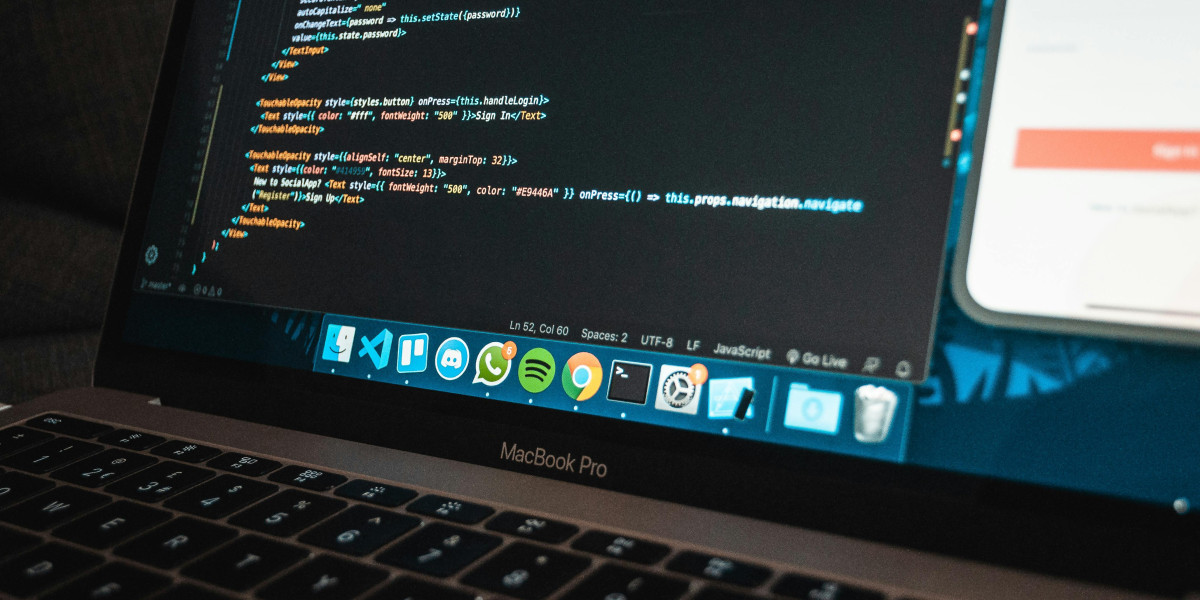What is Node.js?
Node.js is an open-source, cross-platform, JavaScript runtime environment that runs on the V8 engine and executes JavaScript code outside a web browser. This allows Node.js for the development of various server-side applications using JavaScript as its programming language.
Why Choose Node.js?
If you're looking to hire Node.js developers, you're making a great decision because Node.js comes with several advantages:
Single Programming Language
Node.js uses JavaScript for both client-side and server-side scripts. If you know JavaScript, you can develop your server-side apps more efficiently without needing to learn a completely new language.
Asynchronous and Event-Driven
Node.js APIs are asynchronous, meaning they do not wait for an API to return data. The server moves to the next API after calling it, and a notification mechanism of Node.js helps the server get a response from the previous API calls.
Highly Adaptable
Its non-blocking asynchronous architecture allows it to handle numerous simultaneous connections with high throughput, which makes it scalable for real-time applications.
Setting Up the Development Environment
Before diving into coding, you need to set up your development environment. Here’s how you can install Node.js:
Download Node.js
Visit the official Node.js website at nodejs.org and download the installer for your operating system.
Install Node.js
Run the downloaded installer, which will set up Node.js and npm (node package manager). npm is used for managing dependencies and packages in your Node.js applications.
Verify the Installation
Open your terminal or command prompt and type node -v and npm -v to ensure that both are correctly installed with their version numbers displayed.
Creating Your First Node.js Application
Let’s create a simple "Hello World" application to understand the basics of Node.js.
Create a New Directory
Make a new directory for your project and navigate into it.
Initialize Your Project
Run npm init in your terminal. This command will prompt you to enter several pieces of information about your project (like name, version, description). You can hit enter to accept the defaults for now.
Run Your Application
Go back to your terminal, and type node app.js to start the server. For this, you need to go to a web browser and then visit http://localhost:3000/. You should see "Hello World" displayed.
Exploring the Node Package Manager - npm
npm is an essential part of working with Node.js, allowing you to share and use other developers' libraries, frameworks, and tools. npm can help you manage dependencies for your applications with ease.
Finding Packages
Visit the npm website or use the command line to search for packages (npm search <package_name>).
Installing Packages
Install packages using npm install <package_name>. This command modifies the node_modules directory and the package.json file, adding the dependencies.
Using Packages
Require installed packages at the top of your JavaScript files to use them in your application.
Best Practices for Beginners
Read Widely
Regularly reading tutorials, documentation, and forums can help you quickly get up to speed with Node.js.
*Debugging
Learn to use debugging tools like Node.js inspector or IDE-based tools to troubleshoot your applications.
Start Small
Build small projects to understand the fundamentals of Node.js. As soon as you feel comfortable, find more difficult applications, to enhance your skills and abilities.
Conclusion
Node.js is a very useful tool for developers who want to create effective and adaptable web apps. When you learn Node.js, you improve your skills and also get different chances for professional growth. Remember, the key to mastering Node.js is consistent practice and continual learning.















